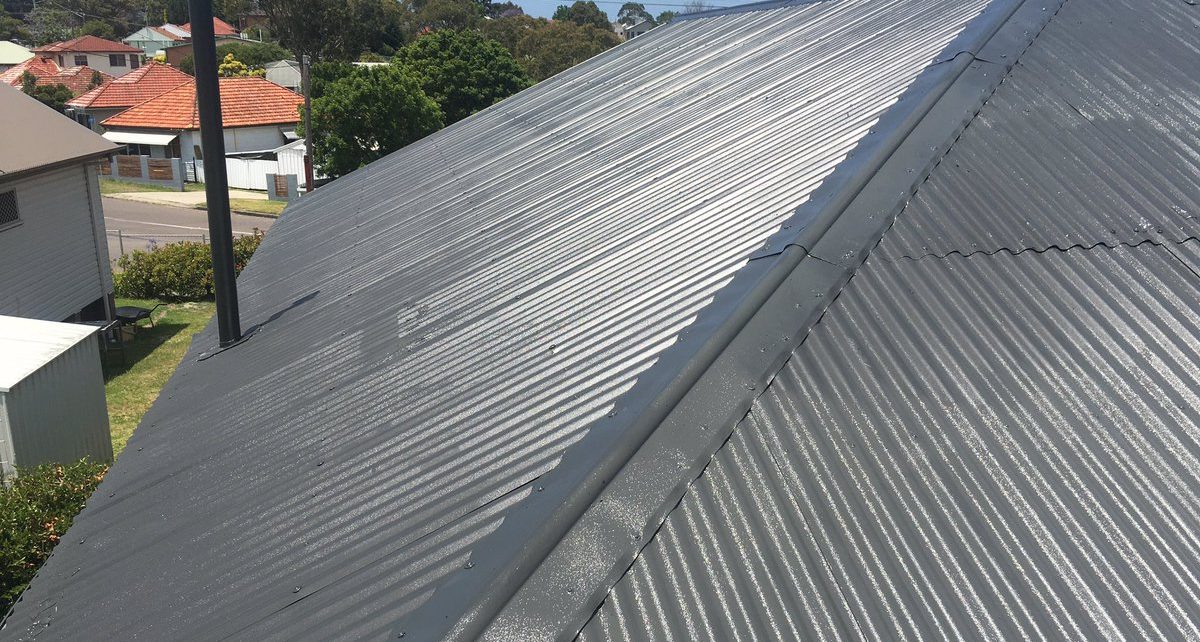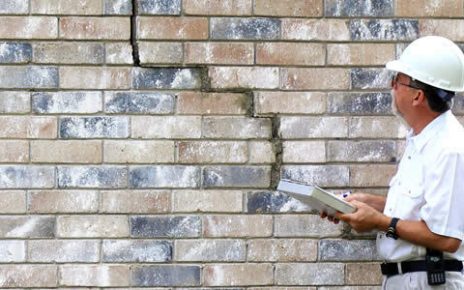Roof restoration problems are quite common, and affect all types of construction, be it residential or commercial. Whether due to flaws in the execution, in the performance of the materials, natural phenomena such as wind and very heavy rains, and still lack of periodic maintenance, it is necessary to take action as soon as possible – and often this means the roof restoration.
A damaged roof generates infiltrations, which can compromise not only the roof structure, but also the slabs and other structural elements.
In this post we will understand a little more about roofs, how and why problems arise and what are the best solutions.
Knowing better: the elements of a roof
Roof structure
The roof structure can be made of different materials, the most common being wood (mainly used in residential buildings) and metal (generally used in larger works, such as warehouses, industries, sports courts and buildings with larger roofs).
The way in which the structure of a roof is made varies according to the size, the tiles that will be used, the trim, the aggressiveness of the environment, etc. In general, the structure is composed of scissors, purlins, beams, rafters, slats and trellises .
How to identify problems in the roof structure?
In most buildings, the roof structure is not directly exposed to the sun, rain, and weather in general. So it is less common for problems to happen.
However, no part of the building is 100% protected, and some care must be taken.
The most common problem with roof structures, although it happens infrequently, occurs when it is made of wood. As it is a natural product, even when applying chemical protection products, the wood may eventually rot. This varies a lot, because there is better and worse quality roofing. The exposure environment also influences the appearance of the problem. Generally, quality wood roofs can last for more than 50 years.
The metal structures of a roof hardly present problems, since the parts are produced industrially and, consequently, receive the necessary protection against rust. Thus, although also rare, structural problems are almost always due to corrosion due to lack of maintenance. Another problem that can happen are excessive arrows (deformations) due to design and execution errors.
Roof restoration : What to do when the problem arises in the structure?
In the case of wooden structures, it is necessary to assess the degree of decay of the pieces . If the problem is identified at the beginning, it is possible to change the rotten slats and rafters, without having to redo the entire structure. When the problem is widespread, the solution is almost always to redo the roof as a whole.
In metallic structures, it is possible to correct specific corrosion problems if the part has not been completely compromised. The ideal, however, is always to carry out maintenance to prevent the problem from spreading.
Excessive arrow problems are more difficult to solve, and usually require structural reinforcement interventions. In all cases, and especially in this case, always seek the help of professionals .
Roof tiles
Where the vast majority of problems occur in roofing systems. As the tiles are directly exposed to the weather, they are more susceptible to failure. Not only the heavy rains and winds, but also the prolonged exposure to the sun are extremely dangerous factors to the covering elements.
The most common types of tiles used in buildings are ceramics (clay), concrete, fiber cement and metal. The most common problem with defective tiles is infiltration .
How to identify problems in the tiles?
It is almost always very easy to identify problems in the tiles, since leaks, infiltrations, stains on the slab, paint peeling and all sorts of problems due to humidity start to appear.
Fiber cement, ceramic and concrete tiles are a little more susceptible to failure due to their composition. They are less resistant to mechanical shocks and absorb more moisture. Metal tiles usually offer greater durability, but suffer from problems of greater thermal conduction and greater movement.
Another very common roofing problem, especially in larger buildings, is the failure of the roof waterproofing system . We know that traditional waterproofing systems, in general, have an expiration date, and after a few years are subject to failure.
Whenever there is a suspicion of faulty tiles, an inspection is required . However, one should avoid stepping directly on the tiles, especially when they are wet (as they are heavier). The ideal is to position a board and walk on it, thus distributing the body’s weight.
Roof restoration : What to do when tiles are the problem?
Careful evaluation by a professional is required and it is possible to exchange defective parts. In the case of metal tiles, problems can be fixation failures, for example. However, in practice, what is almost always seen is that when a part is having problems, great chances that several others are also with the same defects. And since tiles and waterproofing systems in general have a limited life, even with periodic maintenance, eventually some type of roof restoration is necessary.
In the case of industrial warehouses, or larger structures, the roof restoration can be quite costly and exhausting, in addition to hindering the progress of production processes.
There is a faster and easier solution for roof restorations which is 100% Silicone Waterproofing . In this case, it is not necessary to remove the old coatings to redo waterproofing systems.
The solution is applied directly to the roof, redoing the waterproofing system quickly, safely and definitively. As it is a material that does not need to be diluted like other products, its use is safer and more efficient. In addition, the warranty is 15 years .
Gutters and flashings
The gutters are the channels through which drains rainwater, and for this reason has a very important role in the cover system. The casings are seal elements between the cover and masonry, forming a physical barrier to prevent leakage.
How to identify problems in gutters and flashings?
The gutters usually present problems after long periods without rain, when dirt accumulates, which ends up clogging the fall pipes. Anything that prevents the flow of water in the gutters can generate excessive accumulation in places not designed for this. Design, execution and waterproofing failures are also quite common.
The problems of flashings are easily identified when infiltration is perceived and there are no broken or cracked tiles. It must be suspected that the water is infiltrating laterally, through defective flashings.
Roof restoration : What to do when the problem is present in gutters and flashings?
As soon as problems are identified they must be corrected. Gutter and flashing faults are more easily resolved by replacing defective parts. When the drainage problem is due to sizing failure, it is necessary to redo the gutters to ensure the correct drainage of rainwater.
The 100% Amazing Roof Restoration is also a great solution for infiltration problems in gutters, since it can be applied on the pre-existing surface, and is resistant to water.
Whenever faults in coverage systems are suspected, be sure to seek help from serious, reputable and experienced professionals.




